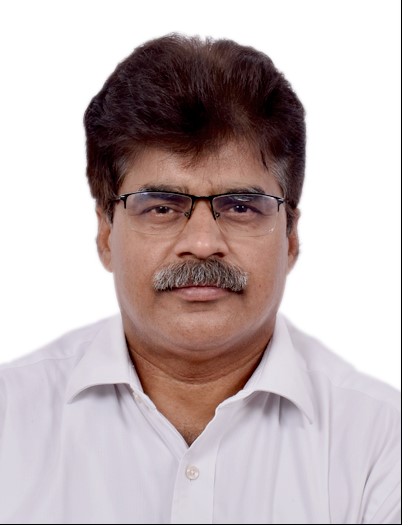SATYA PRAKASH PANDEY
@iimtu.ac.in
Pro Vice Chancellor
IIMT University
EDUCATION
Engineering .
PhD
ME
BTech
RESEARCH INTERESTS
Renewable Energy , Mechanical Engineering
Scopus Publications
Scopus Publications
Satya Prakash Pandey, Subham Satapathy, Sujata P Mishra, and M Uttara Kumari
IEEE
Sound signals have been widely applied in various fields. One of the popular applications is sound localization, where the location and direction of a sound source are determined by analyzing the sound signal. For the past few decades, a wide variety of techniques have been proposed to find the position of source consisting active and passive localization. Autonomous vehicles use sound localization to predict the position of other vehicles and obstacles, and also in bad weather conditions. The main objective of this study is to localise the acoustic source using two microphones. The first step involved the calculation of time delay of two audio signals using cross-correlation, followed by determining the Direction of sound source in an Indoor Environment using TDOA and DOA algorithms as time delay estimation techniques. At the last step of the process, predicting the distance of the sound source using various machine learning algorithms was achieved. In this study, two microphones were used to locate the sound source in an indoor environment. The TDOA (Time Delay of Arrival) technique dealt with the problem of delay in the reception of sound signals from two microphone arrays by using the generalized cross-correlation algorithm to calculate the time delay. The time delay between the two audio signals was further used to calculate the angle at which the sound source was located. A machine learning model using Multivariate regression technique was developed that was trained on the recorded data to predict the distance of the sound source was also developed. The sound features such as rms energy, chroma STFT, spectral centroid, spectral bandwidth, spectral rolloff are given into the multivariate regression algorithm as the dependent variables and the distance of the source as independent variable which was the output parameter of the model. The proposed microphone system with the algorithm can successfully estimate the sound source's location. The sound localisation system can estimate the angle of arrival of the sound source signal with an error less than 8–10 degrees. The machine learning model predicted the distances in the range of 10 metres with an error of approximately 50-80cm while the error increased to 150-200cm when the distance was increased beyond 10 meters. The accuracy of multivariate regression was observed to be the highest (77%) among the machine learning models used in this project.
Pramod Kumar Srivastava, Satya Prakash Pandey, Nishu Gupta, Santar Pal Singh, and Rudra Pratap Ojha
IEEE
Wireless Sensor Network (WSN) suffers critical challenge against malware attack due to resource constraints. One compromised node is enough to spread malware in the whole network. A mathematical model namely Susceptible-ExposedInfectious-Antimalware-Recovered(SEIAR) is proposed. The concept of epidemic modeling has been used for the study of proposed model. The basic reproduction number of model is obtained, that determines the global and local propagation dynamics of malware in the WSN. Stability conditions and equilibrium points of the model have been obtained. It achieves improved protection technique against malware attacks and enhances the lifetime of WSN. The proposed model provides better recovery mechanism against malware attack in WSN. The simulation outcomes verify that the proposed scheme is efficient. Finally, an epidemic model

